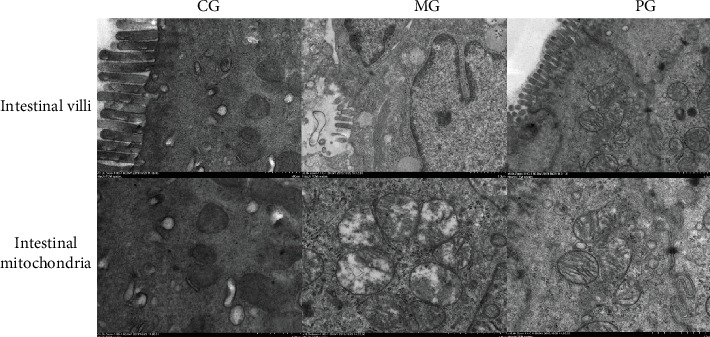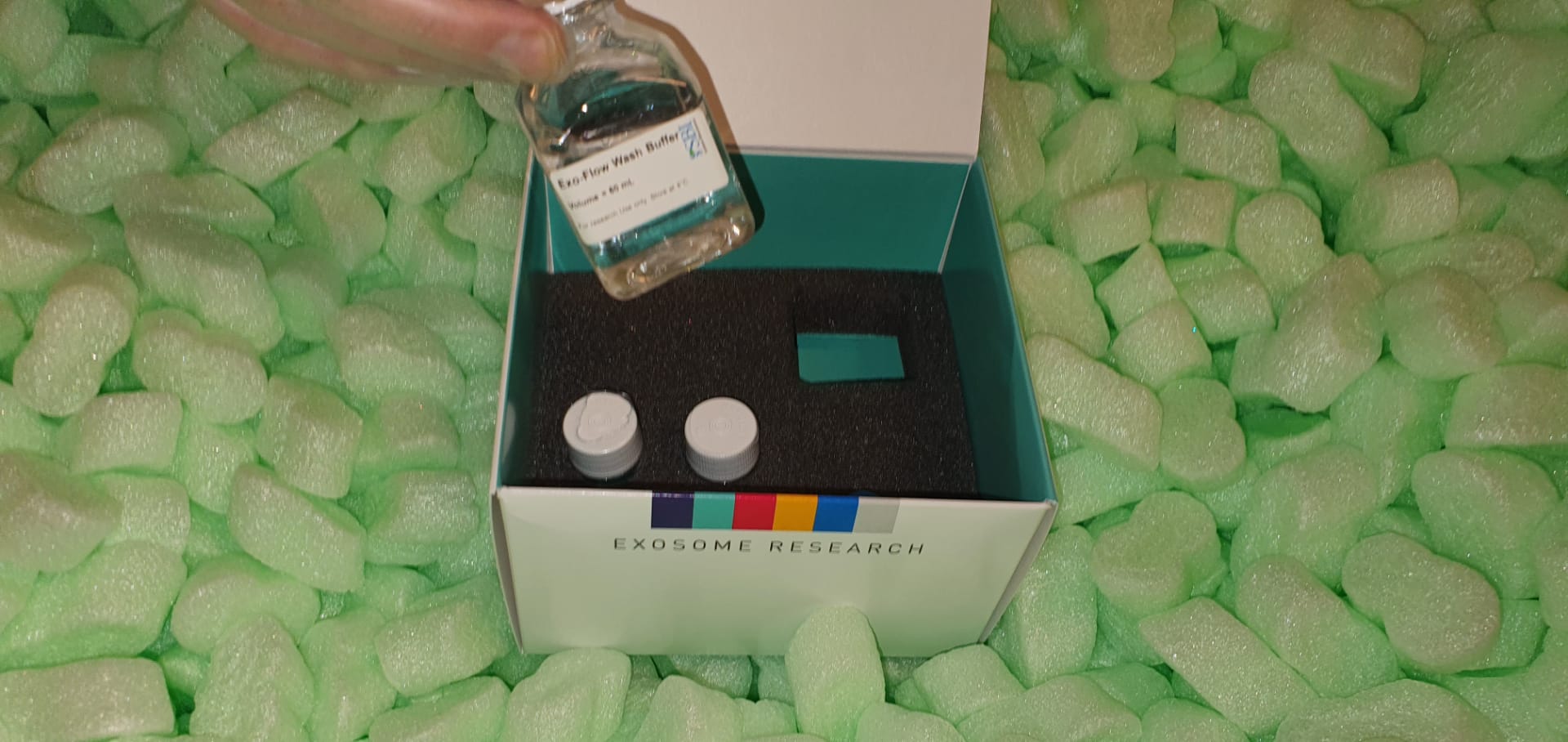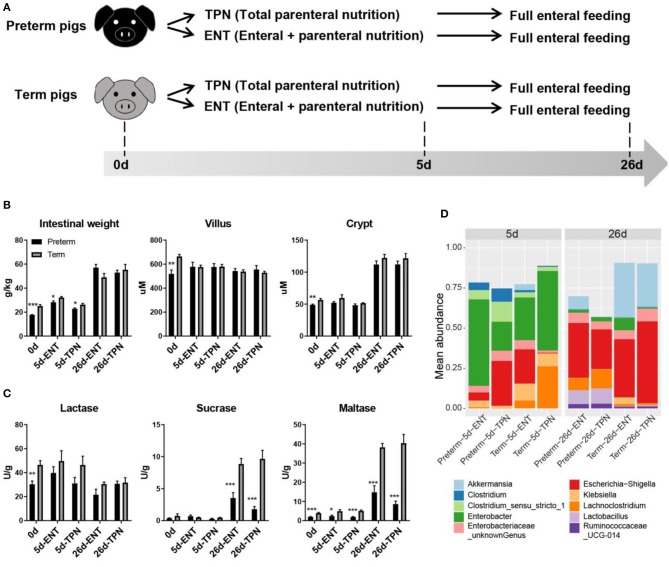Microglia-mediated neuroinflammation performs an necessary function within the development of neurodegenerative illnesses together with Parkinson’s illness (PD). Pleckstrin homology-like area household A member 1 (PHLDA1) performs an necessary function in immunological regulation, notably within the Toll–like receptor-mediated immune response.
Here, we explored the potential roles of PHLDA1 in microglia-mediated irritation and neuronal safety. We discovered that PHLDA1 expression was quickly elevated in response to inflammatory stimuli in microglia cells in vivo or in vitro.
Knockdown of PHLDA1 utilizing adeno-associated virus serotype (AAV) ameliorated MPTP-induced motor deficits and inhibited neuroinflammation in mice. In help of this remark in vivo, we discovered that LPS-induced proinflammatory gene expression, together with TNF-α, IL-1β, iNOS, and COX-2, was decreased in PHLDA1-deficient microglial cells.

Mechanistic research demonstrated that elevated expression of PHLDA1, upon LPS stimulation in microglia, led to direct interplay with TRAF6 and enhanced its Okay63-linked ubiquitination-mediated NF-κB signaling activation. PHLDA1 deficiency interfered with TRAF6 Okay63-linked ubiquitination and inhibited microglial inflammatory responses.
These findings reveal the primary proof that PHLDA1 is a crucial modulator of microglial operate that’s related to microglia-mediated dopaminergic neurotoxicity.
The knowledge subsequently offered the primary proof that PHLDA1 could also be a potent modulator for neuroinflammation, and PHLDA1 could also be a novel drug goal for remedy of neuroinflammation-related illnesses corresponding to PD.
Adaptive genetic variety and proof of inhabitants genetic construction within the endangered Sierra Madre Sparrow
The magnitude and distribution of genetic variety via area and time can present helpful data regarding evolutionary potential and conservation standing in threatened species.
In assessing genetic variety in species which might be of conservation concern, a number of research have centered on the use of Toll–like receptors (TLRs). TLRs are innate immune genes associated to pathogen resistance, and polymorphisms might mirror not solely ranges of useful variety, however may be used to evaluate genetic variety inside and amongst populations.
Here, we mixed 4 doubtlessly adaptive markers (TLRs) with one mitochondrial (COI) marker to judge genetic variation within the endangered Sierra Madre Sparrow (Xenospiza baileyi). This species presents a perfect mannequin to analyze inhabitants and evolutionary genetic processes which may be occurring in a habitat restricted endangered species with disjunct populations (Mexico City and Durango), the census sizes of which differ by an order of magnitude.
TLRs variety within the Sierra Madre Sparrow was comparatively excessive, which was not anticipated given its two small, geographically remoted populations. Genetic variety was completely different (however not considerably so) between the 2 populations, with much less variety seen within the smaller Durango inhabitants.
Population genetic construction between populations
Population genetic construction between populations was as a result of isolation and completely different selective forces appearing on completely different TLRs; inhabitants construction was additionally evident in COI. Reduction of genetic variety in COI was noticed over 20 years within the Durango inhabitants, a consequence likely attributable to habitat loss, an element which can be the primary trigger of variety decline usually.
Our outcomes present data associated to the methods through which adaptive variation may be altered by demographic modifications as a result of human-mediated habitat alterations.
Furthermore, our findings might assist to information conservation schemes for each populations and their restricted habitat.
Black soldier fly (BSF; Hermetia illucens L.) larvae can convert contemporary pig manure into protein and fat-rich biomass, which may then be used as aquafeed for choose species. Currently, BSF is the one accepted insect for such functions in Canada, USA, and the European Union. Pig manure might function a feed substrate for BSF; nevertheless, it’s contaminated with zoonotic pathogens (e.g., Staphylococcus aureus and Salmonella spp.).
Fortunately, BSF larvae inhibit many of these zoonotic pathogens; nevertheless, the mechanisms employed are unclear. We employed RNAi, qRT-PCR, and Illumina MiSeq 16S rDNA high-throughput sequencing to look at the interplay between two immune genes (Duox in Duox-reactive oxygen species [ROS] immune system and TLR3 within the Toll signaling pathway) and choose pathogens frequent in pig manure to decipher the mechanisms leading to pathogen suppression.
Results point out Bsf Duox-TLR3 RNAi elevated bacterial load however decreased relative abundance of Providencia and Dysgonomonas, that are regarded as commensals within the BSF larval intestine. Bsf Duox-TLR3 RNAi additionally inactivated the NF-κB signaling pathway, downregulated the expression of antimicrobial peptides, and diminished inhibitory results on zoonotic pathogen.
The ensuing dysbiosis stimulated an immune response by activating BsfDuox and selling ROS, which regulated the composition and construction of the intestine bacterial group. Thus, BsfDuox and BsfTLR3 are necessary components in regulating these key intestine microbes, whereas inhibiting goal zoonotic pathogens.




